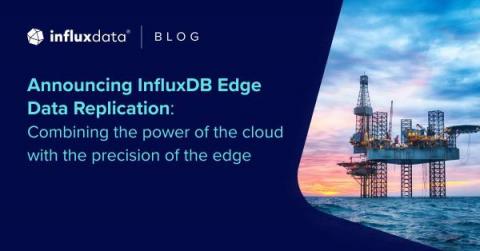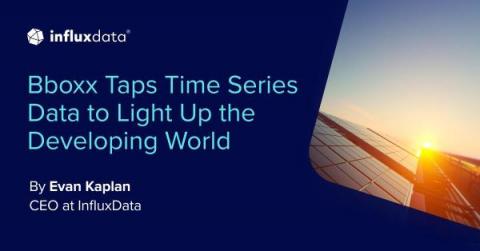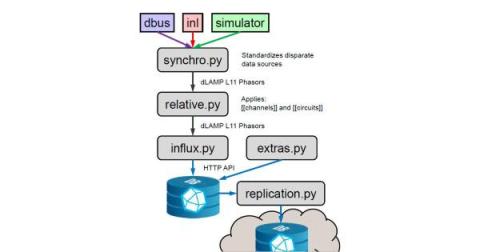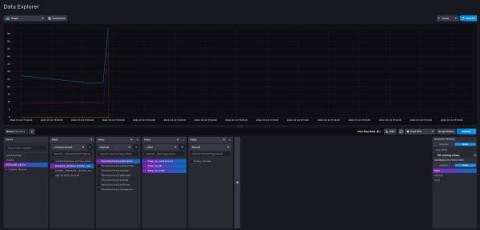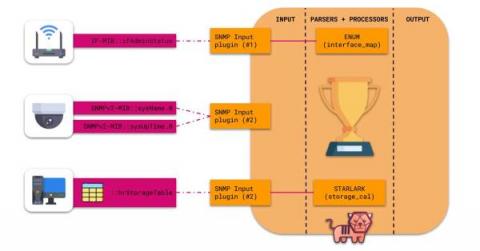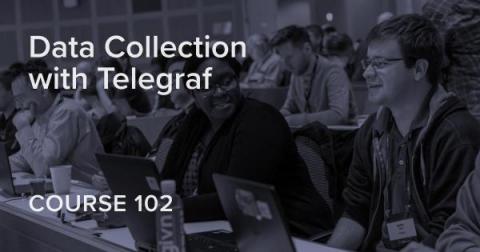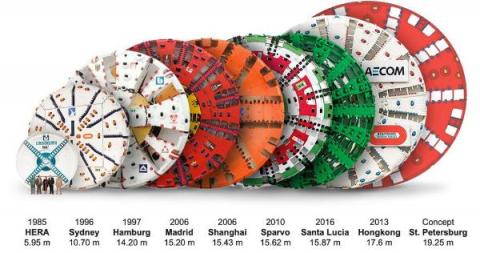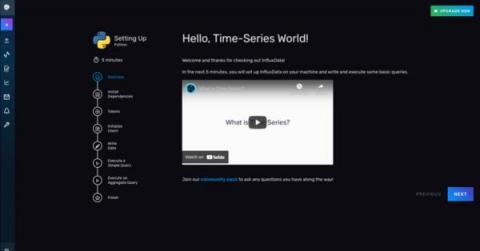Announcing InfluxDB Edge Data Replication: Combining the Power of the Cloud with the Precision of the Edge
There are technical and business reasons to have a time series data presence both at the edge and in the cloud – InfluxDB has always played a key role in both contexts. Today, we’re announcing Edge Data Replication, a new feature that combines these two deployment strategies. With this announcement, InfluxData begins a greater initiative to accommodate both edge and cloud data workloads in one unified solution.


